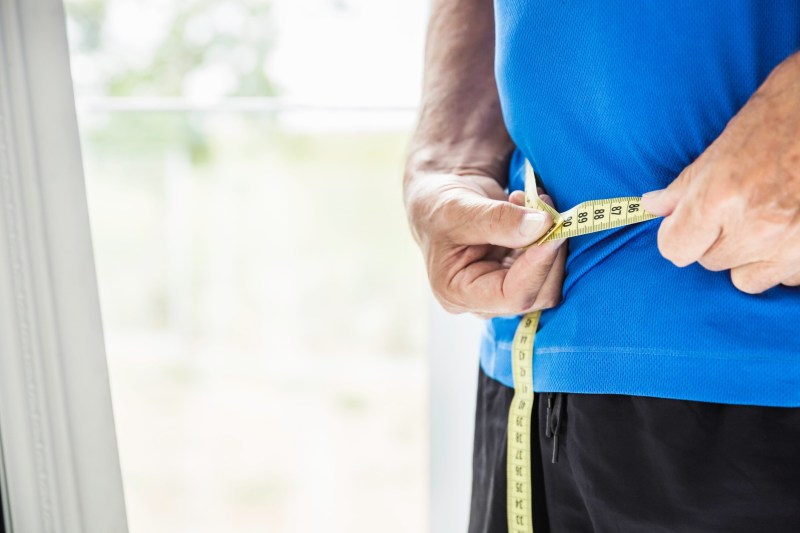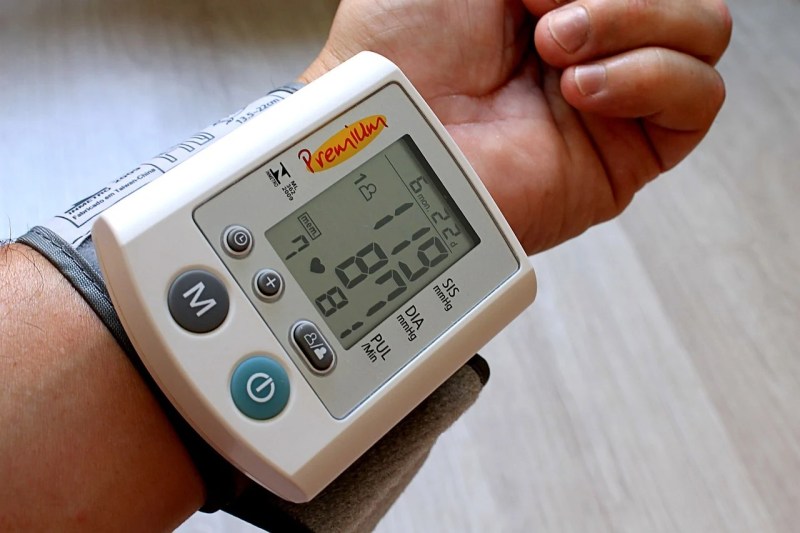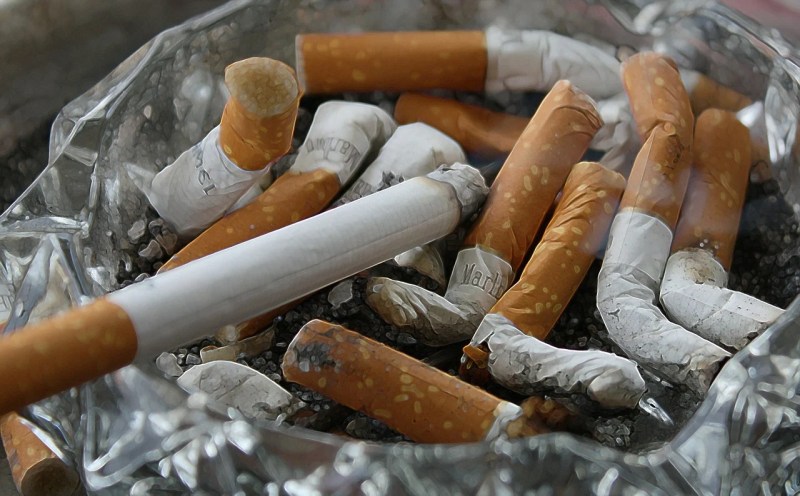Stroke is the fifth-biggest killer in the United States and more often affects men than women. Stroke is also a leading cause of disability in the United States. However, most strokes can be prevented, as the majority are related to poor diet, unhealthy lifestyles, and poorly managed medical conditions. So what is a stroke, and what can be done to avoid this life-threatening condition?

What is a stroke?
A stroke occurs when the blood vessels leading to the brain become blocked by clots or rupture due to the pressure within the blood vessels. Such events cut blood supply to certain parts of the brain, leading to brain cells dying and even brain damage. Strokes can lead to disability and even death, including ischemic strokes. This is when a clot obstructs blood flow to the brain. Ischemic strokes make up 87% of all strokes.
These are caused by blood clots that develop at the site of a blood vessel plaque made up of fatty deposits in the bloodstream. These deposits usually consist of cholesterol and calcium along with other cellular matter. An eventual cerebral thrombosis leads to the obstruction of blood flow to the brain. A cerebral embolism occurs when a blood clot develops in the circulatory system and eventually travels to the narrow blood vessels in the brain. This results in blood flow obstruction and, eventually, blood vessel blockages.
The other types of strokes that can occur include hemorrhagic stroke, brain stem stroke, and cryptogenic stroke.
What are the three main causes of a stroke?
What causes a stroke? Put simply: Blood clots, plaque buildup in blood vessels, and bleeds in the brain. The three main causes of these events are untreated high blood pressure, smoking, and a poor diet that is high in saturated fat that can eventually lead to the development of heart disease.
High blood pressure can go undetected for years because many individuals have no symptoms. However, high blood pressure puts extra strain on blood vessels, which can cause them to burst. High blood pressure can be hereditary, but it is mostly caused by high salt consumption, poor diet, smoking, and being overweight. Men are more likely than women to eat poorly and have diets high in saturated fat, salt, and alcohol. They are also more likely to be overweight and smoke. All these produce the perfect conditions for high blood pressure problems later in life.
Smoking can make you twice as likely to die if you have a stroke. Smoking 20 cigarettes a day can make you six times more likely to suffer a stroke than those who have never smoked in their lives. Tobacco smoke decreases the amount of oxygen in the blood, thickens the blood, and contributes to narrowing of the arteries.
The toxins in tobacco smoke, such as carbon monoxide, are inhaled into the lungs and then passed into the bloodstream. This can cause cell damage and increase the risk of suffering a stroke. Furthermore, men are most likely to smoke regularly, increasing their odds of having a fatal stroke.
A poor diet high in fat and low in vitamins, minerals, and antioxidants is also a leading cause of strokes. Men tend to cook less than women and eat more processed foods instead of fruits, vegetables, and whole grains.
A poor diet can lead to obesity, high blood pressure, high cholesterol levels, and low antioxidant levels in the bloodstream, which can result in extensive damage from free radicals occurring in the cells. Ultimately, these factors can all lead to heart disease and other illnesses, increasing an individual’s chances of having a stroke.
Can most strokes be prevented?
The majority of strokes can be prevented by not smoking or drinking alcohol. Healthy foods rich in vitamins, minerals, and antioxidants are also a major protective factor. Regular exercise can help prevent strokes too.
What are the five warning signs of a stroke in men?
1. Face drooping
Although there are many different warning signs and symptoms that someone may be having a stroke, the main warning signs of a stroke include face drooping or dropping on one side. The person may not be able to control their mouth properly to speak or smile either.
2. Arm strength
If a person cannot raise their arms and keep them in a raised position, then they could be having a stroke. Weakness, numbness, or even paralysis on one side of the body can lead to the inability to lift both arms and keep them raised.
3. Speech problems
Another significant warning sign of a stroke is slurred speech; in extreme cases, speech might even be impossible. The inability to understand simple questions can also accompany slurred speech.
4. Blurred vision
Blurred vision or even the sudden total loss of vision can also occur in some individuals, which can exacerbate the feeling of panic that accompanies a stroke.
5. Paralysis
Complete paralysis of one side of the body, including the face, arm, and leg, is another stroke symptom. This paralysis can be temporary or permanent.

Seven preventative measures you can take
1. Diet change
Improving your diet is a great first step to stroke prevention. A diet rich in fresh fish, lean meat, fruits, vegetables, and low-cholesterol foods should replace processed foods and other high-fat junk food with inadequate nutrition.
2. Stop smoking
It is well-documented and scientifically proven just how bad smoking is for your health. It not only increases your chances of having a stroke, but it can also lead to the development of several cancers because of the numerous toxins in tobacco smoke that get inhaled into the lungs and then gets into the bloodstream.
3. Get your blood pressure down
High blood pressure stresses the arteries, blood vessels, and heart. Getting blood pressure down to recommended levels by changing your diet and lifestyle can rid you of this major cause of strokes. Your doctor may also place you on medication to lower your blood pressure.
4. Lose weight
Losing weight helps drop blood pressure and prevent other diseases such as type 2 diabetes from occurring, which can increase your chances of having a stroke. Dropping your BMI down to 25 or below can also help.
5. Get active
Daily exercise helps to burn calories and speed up metabolism, and this can help to burn fat. Regular exercise strengthens the heart and increases blood flow throughout the body. Exercise also prevents weight gain and keeps blood pressure in check when combined with healthy eating.
6. Drink less alcohol
Alcohol plays havoc with the human body and can damage the liver and kidneys over time. It contributes to raising blood pressure and increases your stroke risk. A little red wine can be beneficial to health, though, and should be your weekly alcohol treat, as it is thought to benefit cardiovascular health when used in moderation.
7. Control your blood sugar
Having frequent high blood sugar levels can damage and weaken blood vessels, making clots and bleeds more likely to occur. If you have type 2 diabetes, then eating low-glycemic foods can keep your blood sugar levels in check and reduce your stroke risk. Your doctor may prescribe medication to help you control your diabetes as well.
Frequently Asked Questions
What can you take naturally to prevent strokes?
You can take plant sterols to lower cholesterol and antioxidants to help prevent plaque development in the arteries. In addition, vitamin C helps repair blood vessel damage, and magnesium can lower blood pressure.
Can drinking water help prevent a stroke?
Staying hydrated is vital to health in general and can help prevent blood from becoming overly thick. Therefore, drinking the recommended amount of water daily can slightly lower the chances of having a stroke, but more research is needed in this area.
Editors' Recommendations
- How to prevent chafing for your thighs, groin, armpits, and elsewhere
- How to prevent shin splints: 5 simple tips for a better workout
- These are the fittest (and most unhealthy) states in the U.S.
- How to prevent dementia: 5 essential things science says you should be doing now








